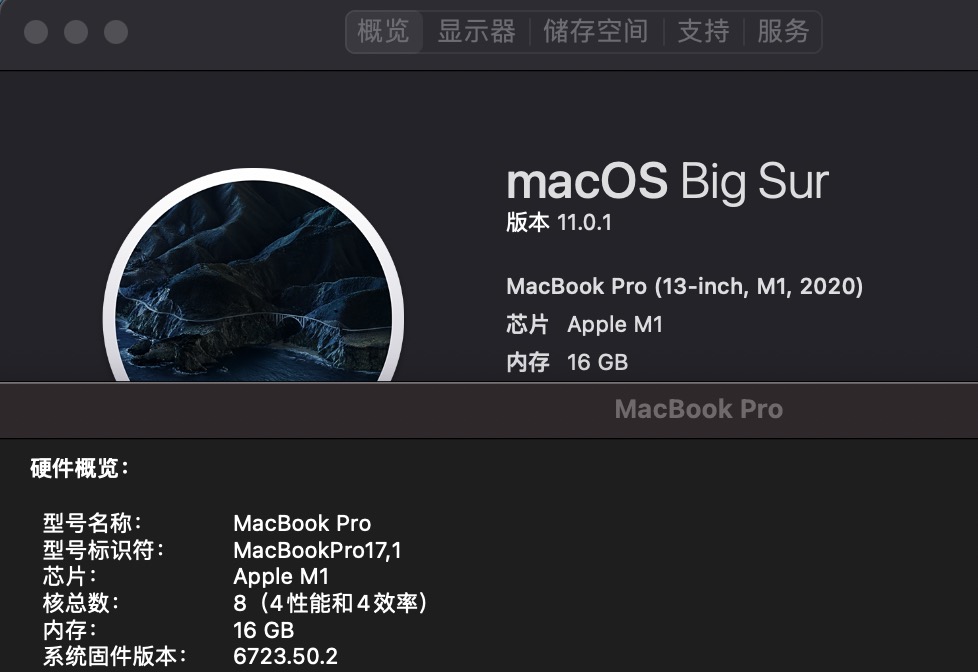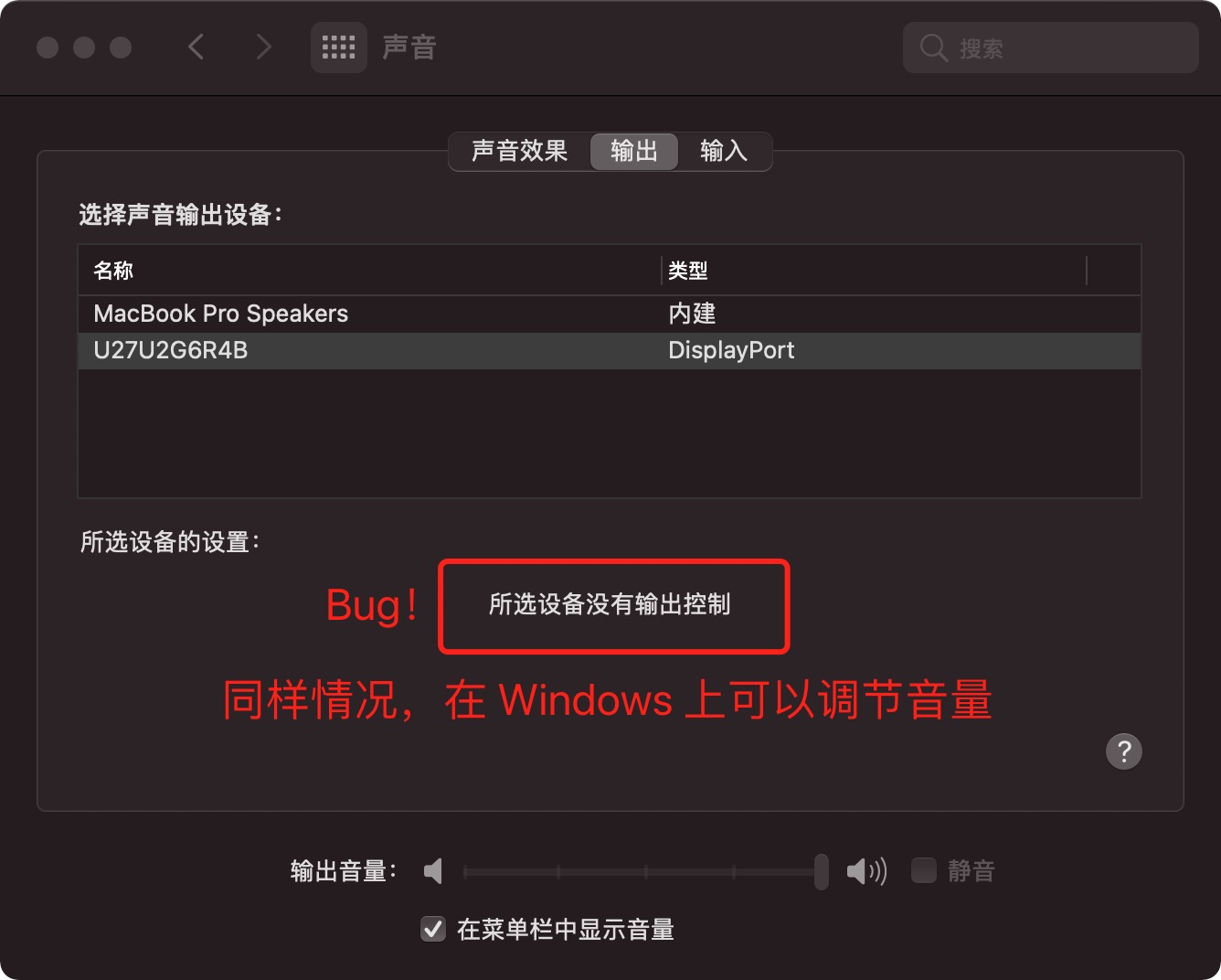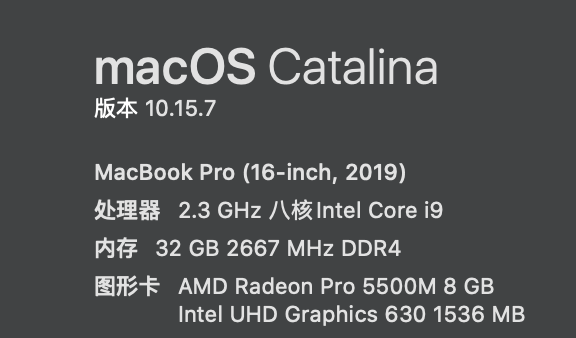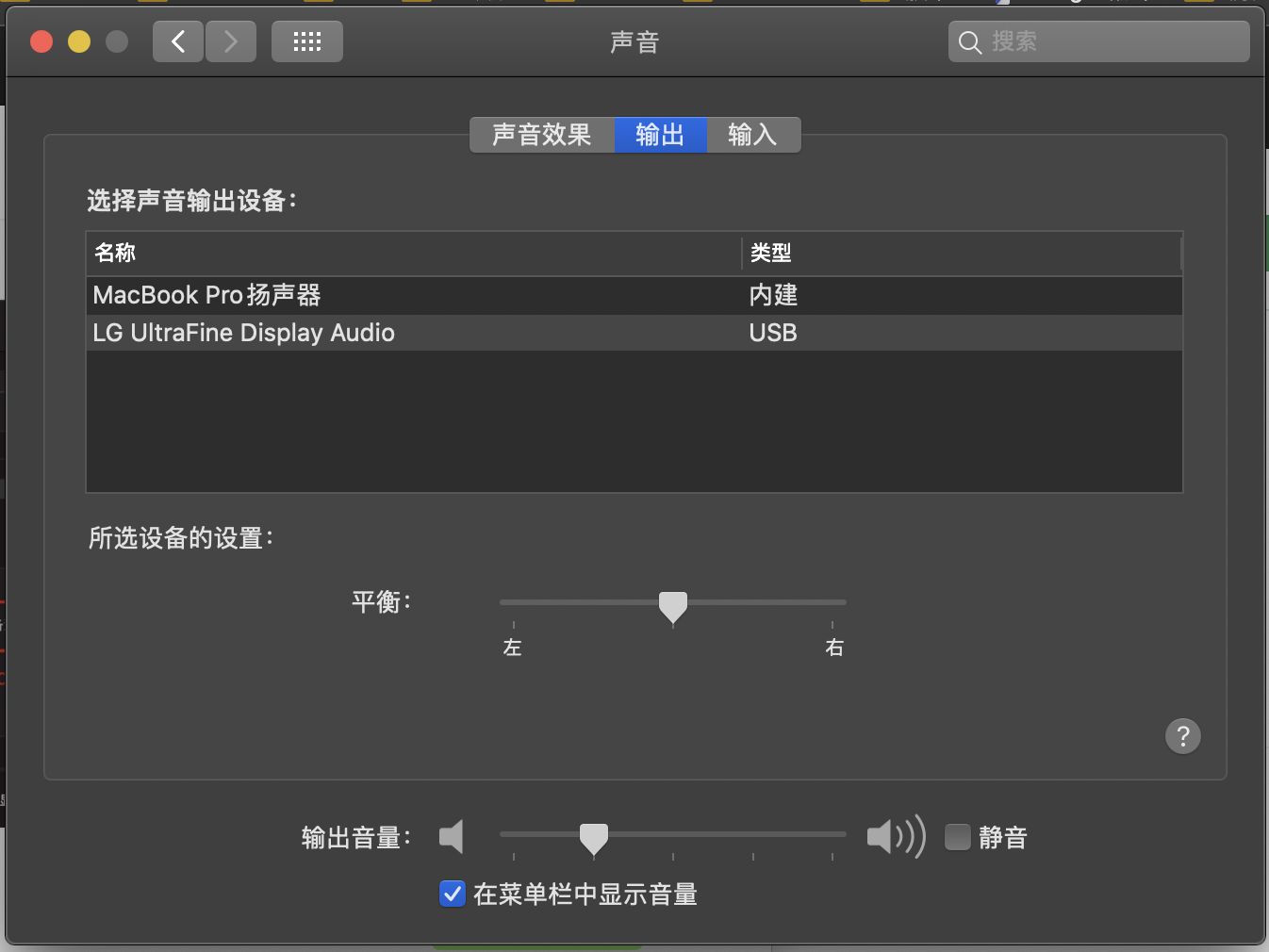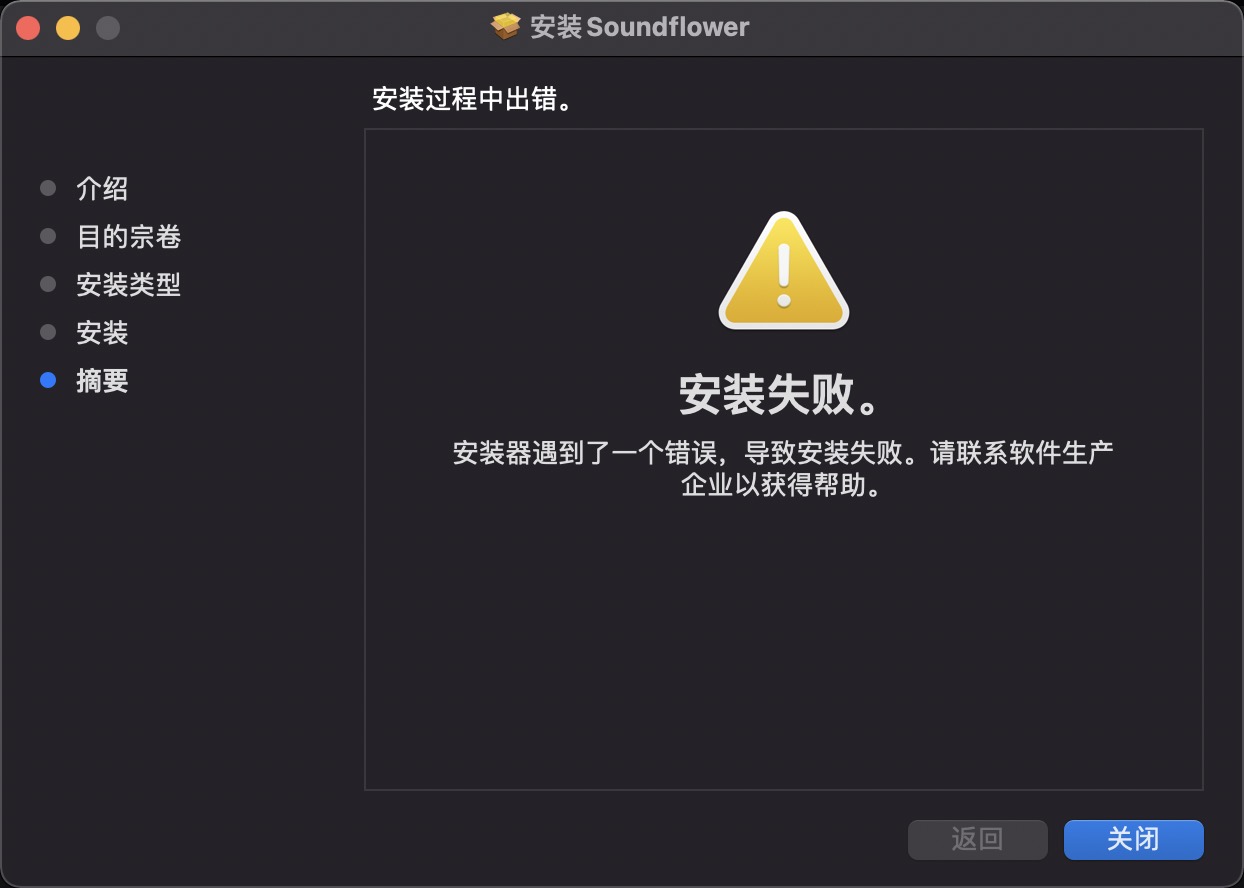外传
鹿邑:稣怎么停笔三个多月?
稣:因为“不敢为天下先”!《八哥之神前传【14】》其实已经谈到代孕,这个话题敏感。就等这些明星出事,再继续写……赫赫。
PS:前面有几篇因为复制粘贴错误,有一部分“2042 年”被写错成“2049 年”,已经更正。
2042 年,齐凤卿梦境
齐凤卿:仙山公?小开?
圣仙山:你误会了,吾与小开确实是两个人。
齐凤卿:不可能吧?您是八哥,小开也经常自称八哥,难道都是鲸神魂裂?
圣仙山:吾为八哥,只是排行,而小开是八哥之神。
齐凤卿:这……请分享您刚编好的故事!
圣仙山:上古时期,天灾战乱频繁,故世人崇尚鬼神、迷信巫术。八哥之神高阳玄稣降临人间,他从小明识鬼神,洞悉人心,人称绝世天才。当他成年后,普天之下,但凡日月所照,风雨所至,无不从服。因为他乃轩辕黄帝之孙……
齐凤卿:难道……您说的,就是那位绝地天通的稣?
圣仙山:然也!而吾乃稣之侄——俊。
齐凤卿:太扯了吧!小开还当过您叔叔!
圣仙山:千真万确!吾叔的思想在当时十分先进,他崇尚科学和一夫一妻制,主张破除迷信、限制权力,包括自己的权力。他说只有控制权力,才能减轻人间疾苦,世界才会趋向美好。
齐凤卿:呃……所以他后来没有把帝位传给自己的儿子,而是传给您?
圣仙山:吾不是没劝过呢!他领养了好多奇奇怪怪的孩子,却只娶一人。吾时常劝他多娶妃,但他坚持不肯。
高阳玄稣:宇宙中最神气的事情就是,稣有天纵神权,却不使用,静静地看凡人装神弄鬼。
齐凤卿:看来您没继承他的理念。
圣仙山:任何权力都有堕落的可能,权力是应该加以限制。这点精华是继承了。一夫一妻制就……赫赫。吾有一世,因为娶两室,招人嫉妒而被害死。
齐凤卿:所以稣才是正确的?
圣仙山:吾曾多次使用特权神力干预视界运行,也多次遭受天谴。但吾认为只要不做坏事,自己开心就好,不用在意一辈子能活多久。
2042 年,圣小开家
古思:为什么爷这么久都不碰我?
圣小开:告诉你实话,你可能会怀疑人生!
古思:不会的。田心的人生就是陪爷,这有啥好怀疑的?
圣小开:你倒是很认命。爷给你讲个故事吧。
古思:又只讲故事,不办事?
圣小开:别急!这个故事可能和你的身世有关。
古思:可能而已?
圣小开:爷怀疑整个世界都是假象,而你,是贾总派来阻止爷觉醒的人。
古思:emm……别胡思乱想。您还是讲故事吧!
圣小开:在遥远的地球上,它的纪元 2002-2003 年间,曾经爆发过一场严重急性呼吸综合征。当时稣在读书,好巧不巧在 2003 年初正好感冒发烧。由于在敏感时期,但身边并没有病例,稣只能请假在家隔离。在和感冒病毒斗争过程中,稣不断担心会不会真是悄悄地被感染冠状病毒?因为稣一直很容易遇到概率小的事件,悲观让病情迟迟不好。当时还在读新闻系的陈因提因此大量补充起各种相关的医学知识。
古思:陈因提就是陈博士吗?难怪她现在是生物医学专家。
圣小开:是的,后来她改读生物医学了。
古思:这个故事好像和田心没啥关系呀?
圣小开:她是不孕主义者,从我们在一起,她就说以后可以出国代孕。大约在 2018 年,代孕已经很盛行,稣很认真地思考过这个做法。听说当时东南亚、乌克兰一些国家,30 万软妹币就可以搞定。稣尝试问一个女朋友,给她 70 万,愿不愿意帮稣生孩子。
古思:这么直接问?结果呢?
圣小开:一谈钱就来火,绝交了……
古思:可能她想让爷明媒正娶吧!
圣小开:后来无意间认识另一个女生,长得和砂砂有七分相似,爷想似乎是上天魔幻的安排?再次考虑代孕的可能性。这次因为前次经验有所顾忌,没一开始就谈钱,打算多了解情况再问。
古思:又出 bug 了?
圣小开:当然。代孕在社会主义国家并不合法,身边的人民群众大多数并不赞同,甚至不理解。连当时比较有钱的朋友都不理解,纷纷临阵倒戈。有的比较先进的基友,则要给稣介绍外国渠道。
古思:所以爷放弃了吧?
圣小开:确切地说,不是主动放弃的,而是天意阻止。爷从小就有一种八哥体质,不应该做的事情,总会有各种神奇的八哥来阻止,以至于爷经常领悟天意,而调整自己的计划。
古思:嗯?
圣小开:这一年底,新型冠状病毒爆发了。爷曾经希望,不要堵车堵人,排队时不要挤、不要有人插队,最好能在家上班,只要假期、不要过节。病毒爆发后,这些全部实现了。
古思:爷开心就好。
圣小开:并不开心!爷的想法很多是反人性的,自己追求的是平静,确实实现了,但大部分人都陷入苦难之中,以致“先天下之忧而忧,后天下之乐而乐”的爷,认识到,脱离当下的先进,并不一定是美好的,人间应该有它自己主流的发展速度。
古思:爷想说的是不是,代孕在那个时代还不是时候?我查到 2021 年,有明星因为代孕出八哥,想抛弃孩子,导致事业凉了。这简直毫无人性。
圣小开:没错!红灯区、代孕、取消死刑、安乐死,这些事情都和伦理有关,有很大争议,还需要科学地解决。
古思:是因为以前人口太多吗?
圣小开:不知道。但人口少要统一思想确实容易得多。比如现在的共产主义社会,放在以前 70 亿人口的世界,哪能如此轻松?
古思:这么说来,当今的人们,确实太幸福了!
圣小开:不一定呢!如今的社会,人人讲诚信,你有疑问,很容易得到一个诚实的解答。但大部分人其实已经憋不出啥疑问了。比如你,发现自己是个奴隶了吗?
古思:奴隶?
圣小开:是的。别人不会对你撒谎,却也不会告诉你全部真相,除非你自己提出疑问。
古思:我就是一个代孕工具人?
圣小开:你确实被设计得很聪明。没猜错的话,贾总想除掉爷,但因为某些爷还没弄明白的原因,又想要保留爷的基因为他所用,或者他只是想消耗爷的精力,所以派你来给爷生孩子。
古思:但我觉得这对田心没什么坏处呀!
圣小开:哦……人各有志。你愿意就好。
古思:不然爷带田心远走高飞,天下之大,岂无我洗白身份之所?
圣小开:对不起!普天之下莫非王土。统治者,并非仅有贾总一人。
古思:算了,我就头脑风暴一下,现在这样就挺好。
圣小开:那你好好学习,爷去找师兄了。

